Historic Monument in Fontenay-le-Comte
Famous character
Nicolas Rapin
(1535 – 1608)
Claude Tendron
de Vasse
(1773 – 1848)
Octave Guillaume de Rochebrune
(1824 – 1900)
Georges Simenon
(1903 – 1989)
(1535 – 1608)
Nicolas Rapin
Born at Fontenay-le-Comte, Vendée into a family of “noblesse de robe”, Rapin pursued legal studies, practiced law at the parlement of Poitiers, and became “échevin” (municipal leader) and later mayor (1569–1570) of Fontenay-le Comte. At the start of the civil wars, he participated at the defense of Poitiers against the forces of Gaspard de Coligny (1569) and survived the capture of Fontenay by the Huguenots (1570).
He later became vice-senechel of Fontenay and Niort, and, in 1585, “lieutenant criminel” (both are officers of public justice) in the Île-de-France region. With the arrival of the Holy League to power in Paris, Rapin was stripped of his positions, but the favor of Henry III of France brought him the important post of “prévôt” in the army.
With Henry’s assassination at the hands of a radical Jesuit, Rapin rallied to the new king Henry IV and attacked the League and the Jesuits in his writings. He retired to Fontenay, in Terre Neuve, built for him in 1580, where he received his friends, including Sully (1604). He learned Greek, and engaged in literary entertainment. At the end of the year 1607, winter surprises in Poitiers. He wrote his Testament January 25, 1608, and died on February 16th.
(1773 – 1848)
Claude de tendron
de Vasse
Member from Vendée of the chamber of deputies 17/04/1823 to 24/12/1823 and from 02/25/1824 to 11/05/1827, he was also mayor of Fontenay le Comte from 1821 to 1831. He bought Terre Neuve in April 1805 and then gave it to his gran son, Octave Rochebrune in 1848
(1824-1900)
Octave Guillaume de Rochebrune
randoctave-son of the Count of Vasse, Octave Rochebrune is the artist who will truly improve Terre Neuve : buying various architectural fragments from Castle Coulonges -les- Royal then in ruins, bringing numerous piece of antiques , artifacts and original collections.
As a child , Octave Rochebrune discovered his early vocation for drawing; never ceasing to study and progress, especially attracted by the architectural reproductions of great monuments , it will appear in 1845 in showrooms .
Then friends with Benjamin Fillon with whom he studied archeology, he will discover the beautiful etchings by Charles Meryon etched on several monuments of Paris , and it will be the revelation of a new passion.
Octave Rochebrune will install in a room of the castle all the necessary equipment for this art , and presses that can still be seen during the visit ; methodically and patiently , he will learn to burn , prepare its varnish, use acid , and start editing works inspired by churches , castles, landscapes and its environment.
From 1861 , it will expand its scope of inspiration throughout the Vendée and leave valuable documents concerning his province; it’s then that he undertake to draw huge boards of prestigious monuments : Chambord , Blois , Chenonceau … with perfect control . He made a total of 492 brass of impressive work and rare quality.
(1903 – 1989)
Georges
Simenon
Between 1940 and 1943 the famous writer Georges Simenon lived in Terre Neuve, and wrote many novels. He began here his first autobiographical work “PEDIGREE”. You can still see the beautiful eighteenth desk on which he worked during his stay. His friend the painter Maurice de Vlaminck often came to see him in Terre Neuve.
It is in Vouvant forest and the castle of Terre Neuve in Fontenay le Comte, Saint Mesmin le Vieux and finally at the Hotel des Roches Noires in Les Sables d’Olonne, that the writer express his art and his reputation as a great novelist of French literature. During this period, he wrote some of his major works: “The Truth About Baby Donge”, “The elder Ferchaux” …
No doubt are the complex links of a writer with its places of stays even if not always apparent.It is however in les Sables D’olonne, that the action ‘son Campo »in 1942 and »Holiday of Maigret »in 1948 takes place.
